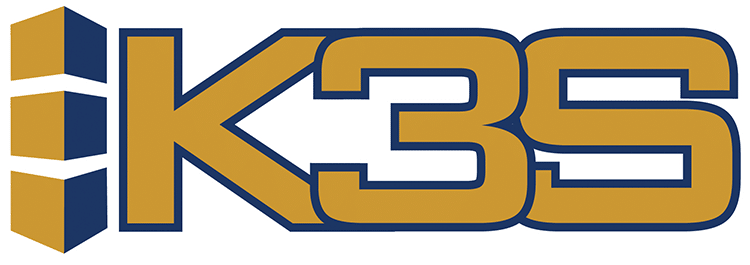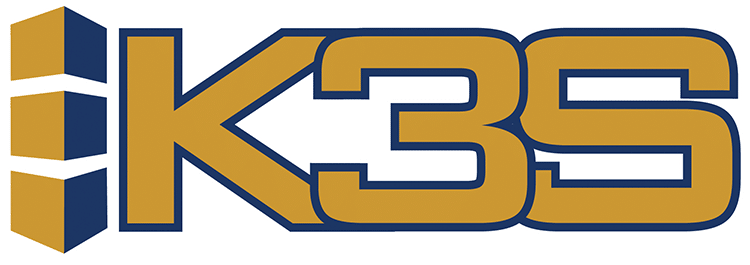The Importance of Smoothing in Demand Forecasting

In the ever-evolving world of business, one of the most critical challenges that companies face is predicting future demand for their products.. Accurate demand forecasting is crucial for making informed decisions regarding inventory management. When done right, it can help a business stay competitive, reduce costs, and improve customer satisfaction. One of the key techniques used in demand forecasting is smoothing, and in this article, we’ll delve into the importance of smoothing in this critical process.
Demand forecasting is a complex task, as it requires businesses to anticipate the whims and preferences of consumers, market trends, and external factors such as economic conditions and political developments. Without an effective demand forecasting strategy, companies risk overstocking or understocking their inventory, leading to financial losses or missed sales opportunities. Smoothing plays a pivotal role in minimizing these risks by providing a structured way to analyze historical data and make predictions for the future.
What Is Smoothing In A Demand Forecast?
Smoothing, in the context of demand forecasting, is a statistical technique used to eliminate random variations or irregularities in historical data. These irregularities can result from a variety of factors, such as seasonality, unexpected events, or simple fluctuations in consumer behavior. By removing these irregularities, smoothing allows businesses to identify underlying trends and patterns within the data, making it easier to make more accurate predictions.
Smoothing techniques are often applied to time series data, which represent a sequence of data points collected over time. Time series data is a common format for demand forecasting because it allows analysts to track how demand for a product or service changes over time, making it easier to spot trends and seasonality.
The Importance of Smoothing in Demand Forecasting
Demand forecasting is a process that requires businesses to analyze a wide range of data sources and factors. Smoothing is a critical component of this process for several reasons.
1. Reducing Noise in Data
Historical demand data is rarely perfect. It often contains random variations, outliers, and noise that can obscure the underlying patterns and trends. Smoothing techniques, such as moving averages or exponential smoothing, help remove this noise by averaging out fluctuations over time. This results in cleaner and more reliable data for forecasting purposes.
Consider a retail store that experiences daily fluctuations in customer traffic due to various factors, such as promotions, holidays, and weather conditions. Smoothing can help discern the core demand trend by removing the noise associated with these short-term fluctuations. This cleaner data can then be used to make more accurate predictions about future demand, helping the store stock the right amount of inventory and allocate resources efficiently.
2. Identifying Seasonal Patterns
Many products and services exhibit seasonal demand patterns, with variations that occur at specific times of the year. For example, retailers often experience increased demand for winter clothing during the colder months and a surge in demand for beachwear in the summer. Smoothing techniques are designed to identify and capture these seasonal patterns, allowing businesses to make informed decisions about when and how much to produce or stock.
By removing irregularities and emphasizing the seasonal variations, smoothing techniques enable businesses to understand the ebb and flow of demand throughout the year. This knowledge empowers them to optimize their production schedules, marketing campaigns, and inventory management strategies to align with these predictable patterns.
3. Enhancing Forecast Accuracy
One of the primary objectives of demand forecasting is to improve the accuracy of predictions. Accurate forecasts enable businesses to make informed decisions, reduce costs, and meet customer demands efficiently. Smoothing helps achieve this accuracy by providing a foundation for more reliable forecasting models.
Statistical models and machine learning algorithms often rely on smooth time series data to make predictions. Smoothing pre-processes the data, making it more amenable to these models and enhancing their predictive power. By using accurate forecasts generated from smoothed data, businesses can optimize their inventory levels, streamline supply chains, and minimize the risk of overstocking or understocking.
4. Managing Uncertainty
In the business world, uncertainty is a constant companion. External factors like economic changes, supply chain disruptions, and geopolitical events can have a significant impact on demand. Smoothing can help businesses better understand their historical data and develop forecasting models that account for such uncertainties.
By studying smoothed data, businesses can identify how their demand patterns responded to past disruptions. This knowledge can inform the development of contingency plans and risk management strategies. It allows companies to make more resilient and flexible decisions when faced with unexpected events that could affect their operations.
Conclusion
Smoothing is an indispensable tool in the world of demand forecasting. Its ability to eliminate noise, identify seasonal patterns, enhance forecast accuracy, support strategic decision-making, and manage uncertainty makes it a cornerstone of effective demand forecasting. By investing in the use of smoothing techniques and leveraging the insights gained from smoothed data, businesses can make better decisions, reduce costs, and ultimately enhance their competitiveness in a rapidly changing marketplace. Whether it’s a small retail store or a global manufacturing conglomerate, the importance of smoothing in demand forecasting cannot be overstated, as it can mean the difference between success and failure in today’s dynamic business landscape.




